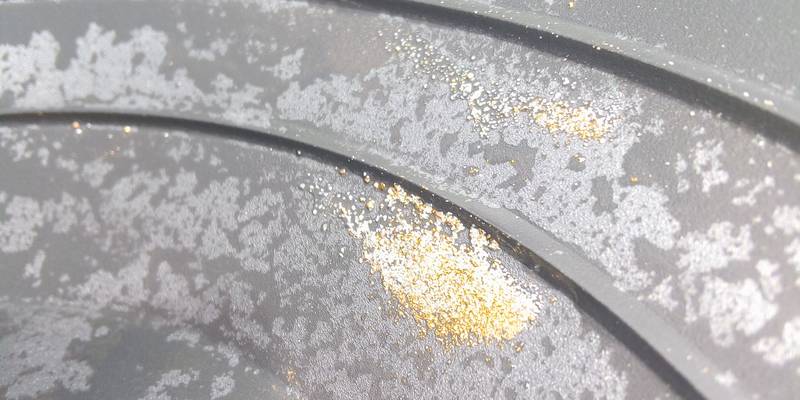Demonstrating Gold Panning for Fine Particles
Here’s a demonstration showing that it’s possible to pan for gold. This displays results from the process involving finely ground rock particles sized at or below fifty-mesh (and finer than one-hundred-mesh) conducted in Geita, Tanzania on January eighth, two thousand nineteen.
Gold panning is a traditional and enduringly popular method used by gold prospectors worldwide to extract small amounts of placer gold from river sediments or gravels. This technique involves the use of a shallow pan, typically made of metal or plastic, into which the prospective miner places some paydirt—material suspected to contain gold particles—and water. By swirling and shaking the mixture in circular motions while gradually removing lighter materials like sand and pebbles, prospectors can concentrate heavier minerals such as gold flakes or nuggets at the bottom of the pan for easy retrieval. Gold panning is favored not only because it requires minimal equipment but also due to its simplicity; however, it often yields modest amounts compared with more mechanized methods used in commercial mining operations.
